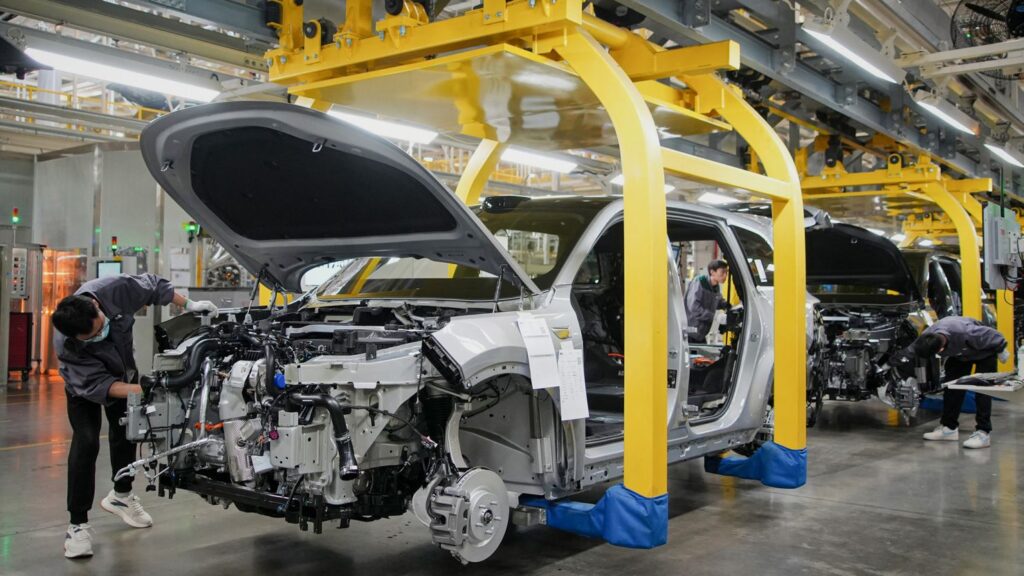
India’s automotive component sector, accounting for 2.3% of GDP and employing 1.5 million, stands at the crossroads with electric vehicles (EVs) transforming the auto sector.
With EV sales expected to reach 10 million units a year by 2030, according to the Economic Survey 2023, auto component makers are switching to EV components, heavily investing in innovation and localization to remain competitive, industry insiders comment.
The transition is revolutionary. Classic components such as transmissions and engines, which make up 26% of parts sales, are becoming obsolete, while EV-related components—motors, batteries, and power electronics—make up 22% of the market, as ICRA reports.
Uno Minda’s 2024 collaboration with Suzhou Inovance of China to manufacture EV components is a case in point, reducing dependence on imports.
Tata Motors, looking to achieve 30-40% sales of EVs by 2030, is investing INR 18,000 crore to localize battery packs and saving USD 1 billion every year, according to Invest India.
Policies by the government are driving change. The Production Linked Incentive (PLI) program with INR 25,938 crore incentivizes 75 companies to invest INR 18,750 crore in EV components, according to ACMA.
Duty-free import of lithium-ion battery scrap and 35 EV production items notified in the 2025-26 Union Budget promote local manufacturing. The PM E-DRIVE program with USD 1.3 billion facilitates charging infrastructure, and 12,146 public stations are functional till February 2024.
Localization is imperative. India sources 63% of EV parts from abroad, primarily China, according to recent X posts.
Local production of BMS and motors is on the rise, while local battery cell manufacturing trails, with the EV battery market set to reach USD 14 billion by FY30, according to EMobility+. Tamil Nadu’s INR 1,000 crore investment by Bharat Forge is aimed at high-end components, lowering dependence on imports.
Challenges persist. High setup costs deter 70% of MSMEs, which dominate the sector, per Nasscom. Only 30% of workers are skilled in EV tech, slowing adoption. Supply chain disruptions, especially for semiconductors, and reliance on imported cells hamper progress.
The Digital MSME Scheme offers 50% subsidies for tech upgrades, while Skill India trains 10,000 workers monthly to bridge gaps.
The stakes are high. The sector’s USD 21.2 billion export market may increase to USD 80 billion by 2026, according to IBEF, if localization is effective. “Adaptation of EVs is our survival kit,” claimed Anil Sharma, a CII analyst.
